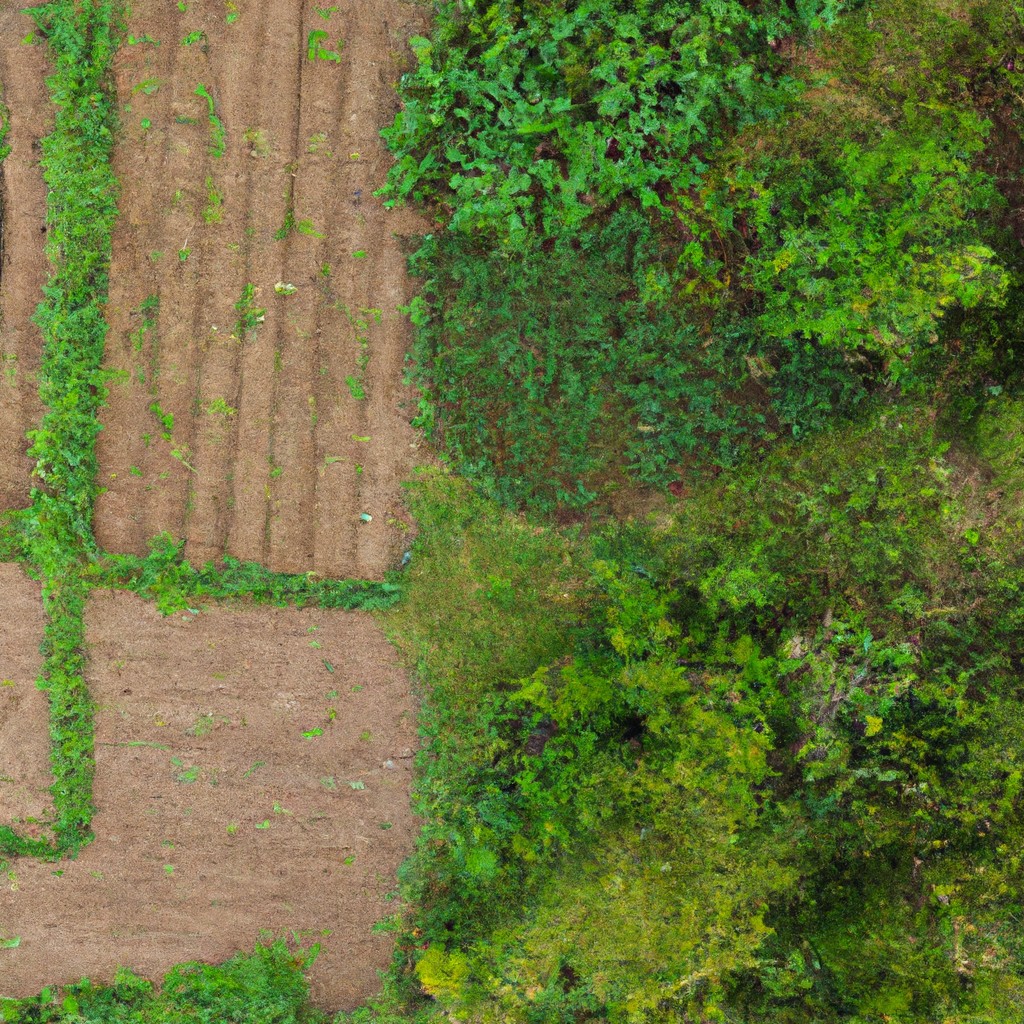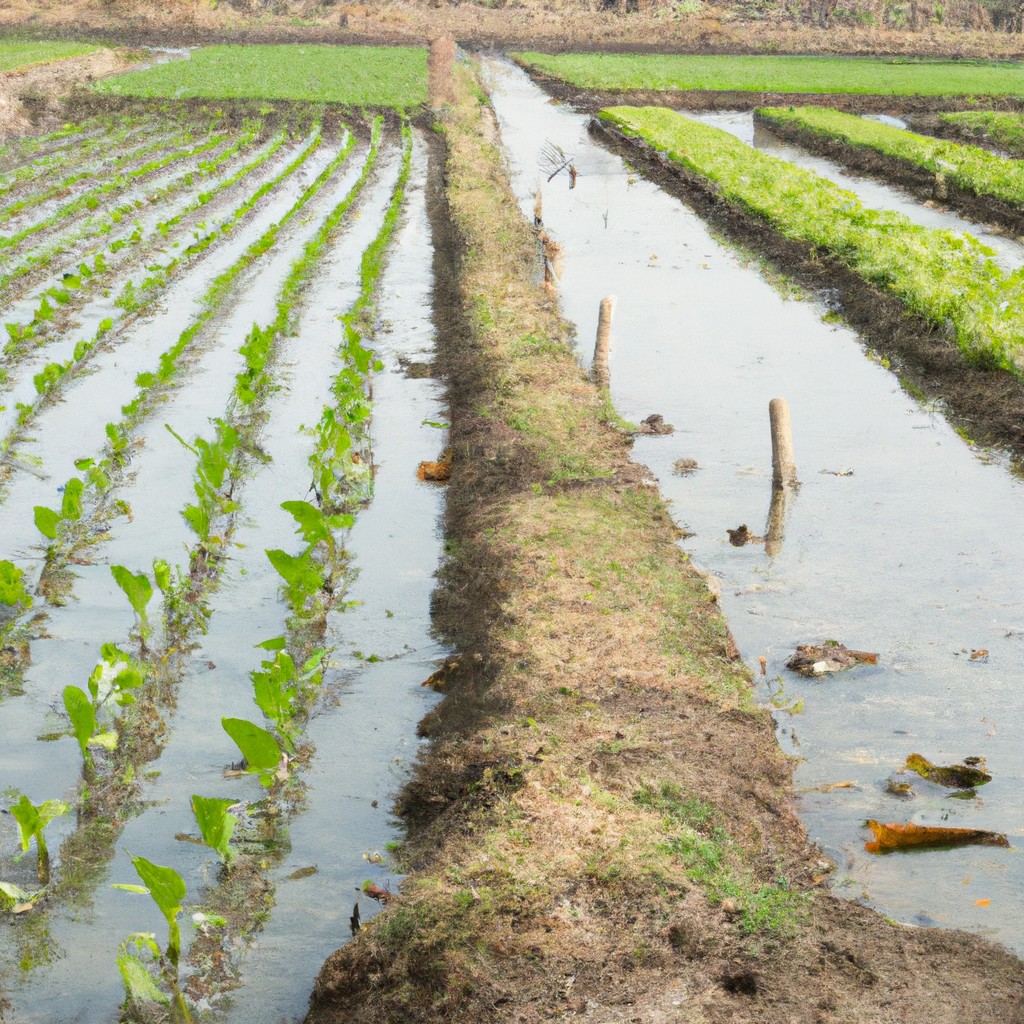Discover how Costa Rica’s agriculture blends sustainability with innovation to boost both the environment and economy.
Look Inside:
Agricultural Policies in Costa Rica

Costa Rica has mastered the art of balance, like a tightrope walker juggling pineapples. Its policies focus on sustainability and innovation, but without losing sight of economic growth. A harmonious blend of environmental stewardship and productivity-focused strategies guides the sector.
First, there’s a commitment to protecting precious natural resources. Think of it like a bodyguard for the rainforest—it’s all about defending the lush biodiversity that Costa Rica is famous for.
Secondly, the government champions small farmers through a remarkably powerful support network. Imagine a cheerleader squad for farmers, providing access to markets, technology, and training.
Thirdly, organic farming has a golden ticket in Costa Rican policies. Organic farmers are given incentives to produce crops without whispering to pesticides. They’re like organic ninjas fighting against chemical foes.
Costa Rica’s focus on education and research is another pillar that keeps its agriculture upright. Universities and research bodies develop sustainable techniques, sometimes feeling like a tech startup for soil and seeds.
Lastly, diversifying export crops ensures that Costa Rica isn’t putting all its bananas in one basket—literally. This diversity protects it from economic turbulence, much like wearing suspenders with a belt, just in case.
Experience in Implementing WTO Agreements
Costa Rica’s dedication to the World Trade Organization’s agreements could be likened to a farmer’s relentless quest to grow the perfect pineapple—prickly on the outside, but worth the effort. Navigating these agreements, Costa Rica found itself juggling bananas and trade policies, balancing domestic needs with international commitments.
First, tariffs. Costa Rica trimmed them down like an overgrown hibiscus hedge—keeping trade flowing smoothly was key.
Second, subsidies. The nation worked hard to reduce them. Think of subsidizing less like a fertilizer overload and more like precision watering.
Sanitary standards in agriculture were like the ultimate pesticide against trade pests. Costa Rica aimed high with practices ensuring exports weren’t just good, but squeaky clean.
But hey, compliance was no solo run. The country had help from capacity-building programs. Like pep talks for farmers needing a nudge in joining the global trade party.
Keeping up with WTO agreements might be daunting, like teaching a sloth aerobics, but Costa Rica managed with a determined spirit and a sunny smile.
Review of Food and Agricultural Trade
Costa Rica boasts a vibrant array of exports, riddled with more color than a tropical bird convention. Bananas, pineapples, and coffee beans lead the pack, making regular appearances in breakfast bowls worldwide.
Midway into the journey, we find cocoa beans, sugar, and a profusion of exotic fruits, all playing their part in the country’s agricultural symphony. Costa Rica’s trade partners are just about everywhere, proving that friendships, much like good salsa, know no bounds.
But hold onto those market hats! Trade policies ensure things don’t get too wild west out there. Tariffs and quotas sneak onto the scene, nudging Costa Rican agriculture down the straight and narrow. Sustainability plays top referee, making sure everyone sticks to the eco-friendly rules of the game. After all, growing deliciousness should never stomp on nature’s toes.
Food Security Developments
In Costa Rica, food security is as vibrant as a basket of tropical fruits. Aiming to produce enough food while also preserving biodiversity, this approach has more layers than an onion.
First, diversification of crops keeps the dinner menu—and the land—exciting, reducing reliance on single crops. It’s like not putting all your eggs in one basket, except with bananas and plantains.
Second, smallholder farmers have become the unsung heroes of the land, using sustainable practices and ensuring there’s more than enough gallo pinto to go around.
Third, community involvement in agricultural planning promotes collective decision-making. More voices, fewer wrong turns; think of it as democracy in a fruit salad.
Finally, investment in agricultural tech helps farmers battle pests, climate challenges, and anyone trying to swipe that last mango. Science meets farming. It’s like a rom-com, but with tractors.
Negotiating Proposals and the Future
Peering into the crystal ball of Costa Rican agriculture reveals some intriguing possibilities. Spreading the green carpet towards global markets, Costa Rica’s bargaining chips could include bananas, pineapples, and coffee. Yes, imagine diplomatic debates over your morning brew!
Establishing fair trade practices isn’t about sipping tea and nodding thoughtfully. It’s about ensuring small-scale farmers get their fair share of the pie, while avoiding the pie in the sky scenarios. Innovation is the secret sauce, with proposals sizzling over new technologies aiming to supercharge agricultural efficiency and sustainability.
There’s chatter on climate-resilient crops that may just outlast even the most stubborn weather patterns, and who knows—perhaps such crops will thumb their noses at climate change. Collaborating with international partners also features in Costa Rica’s playbook, making friends while keeping the planet’s health in check. Well, a handshake and a hug to Mother Earth wouldn’t hurt, would it?




